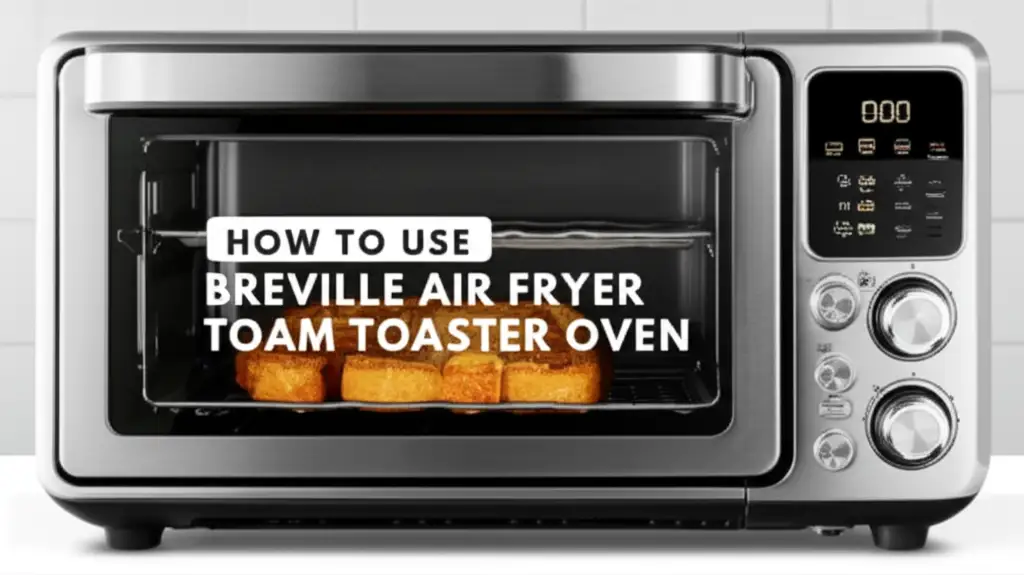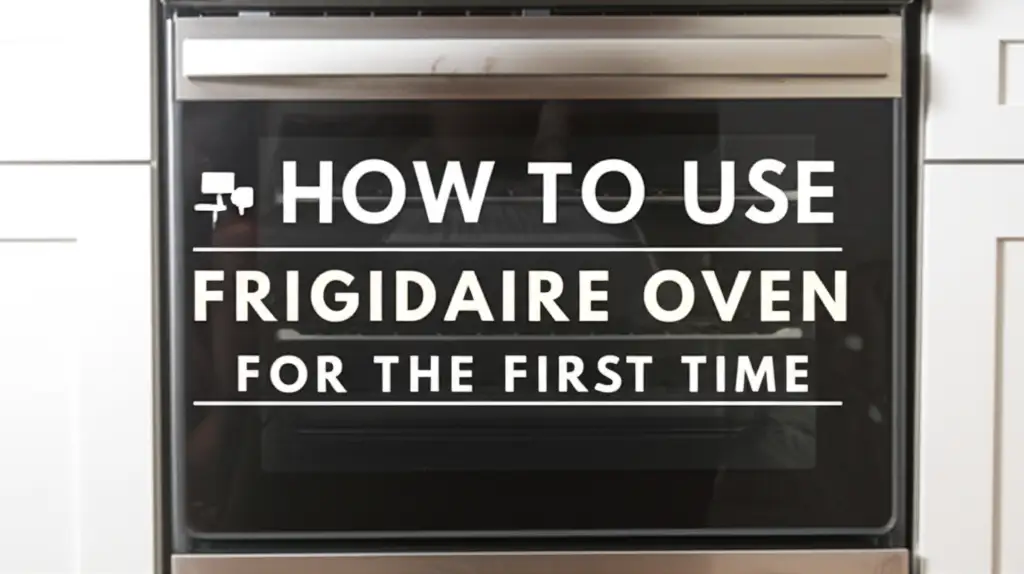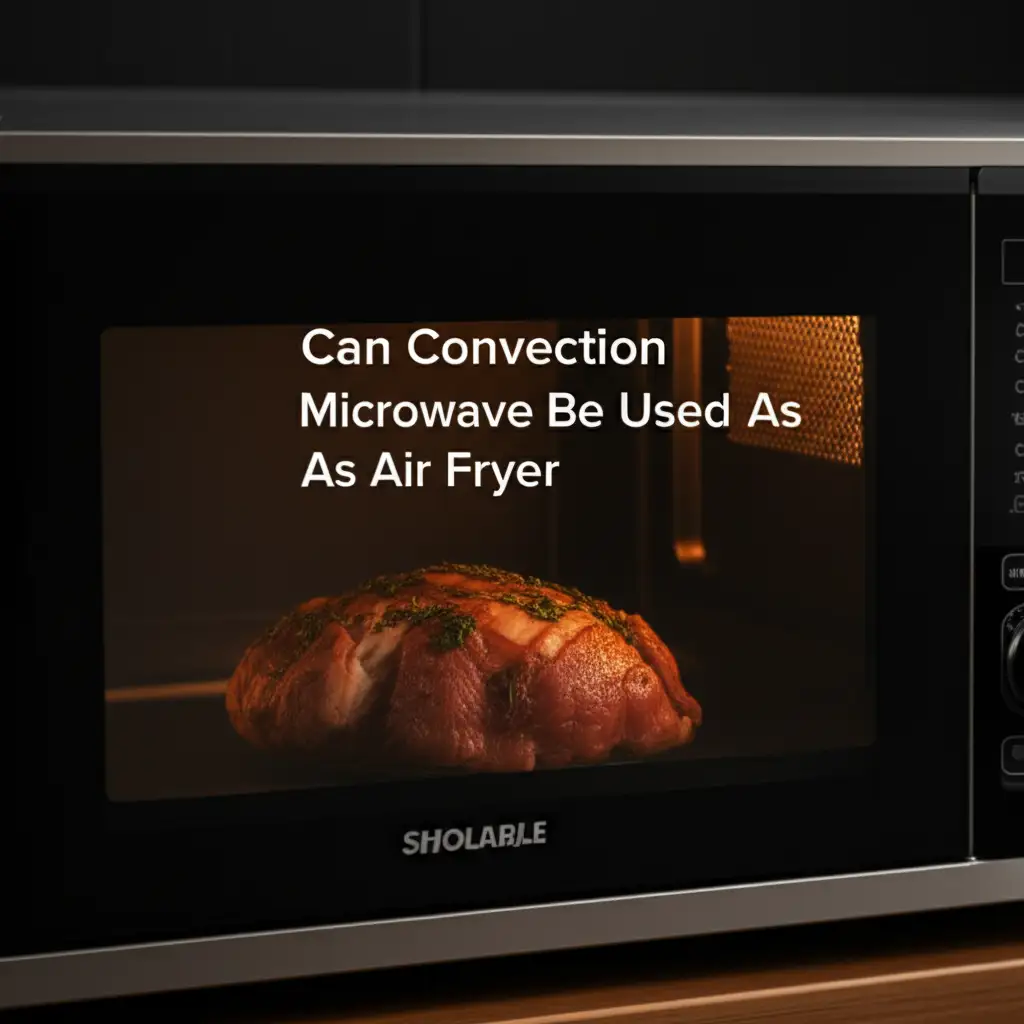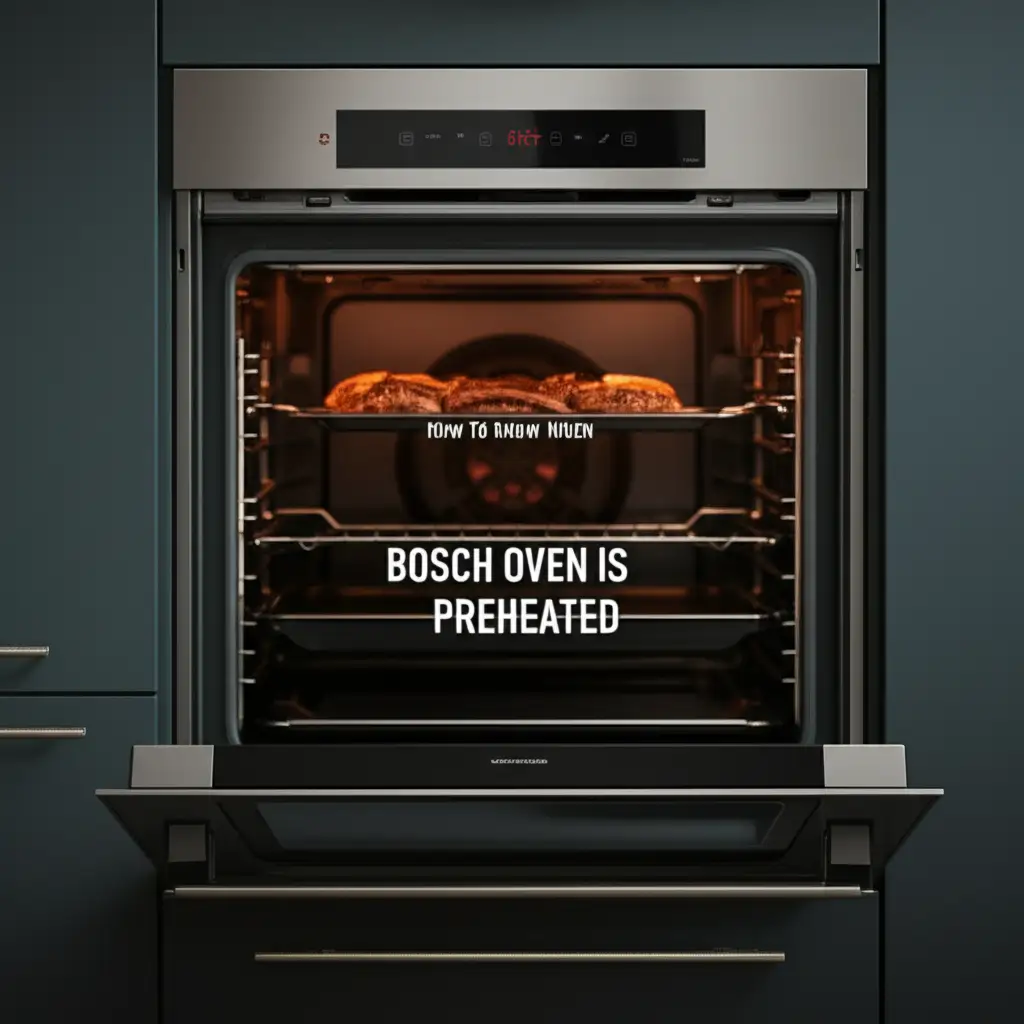· Todd Martin · Kitchen Appliances · 16 min read
How Long Does Gas Oven Take To Preheat
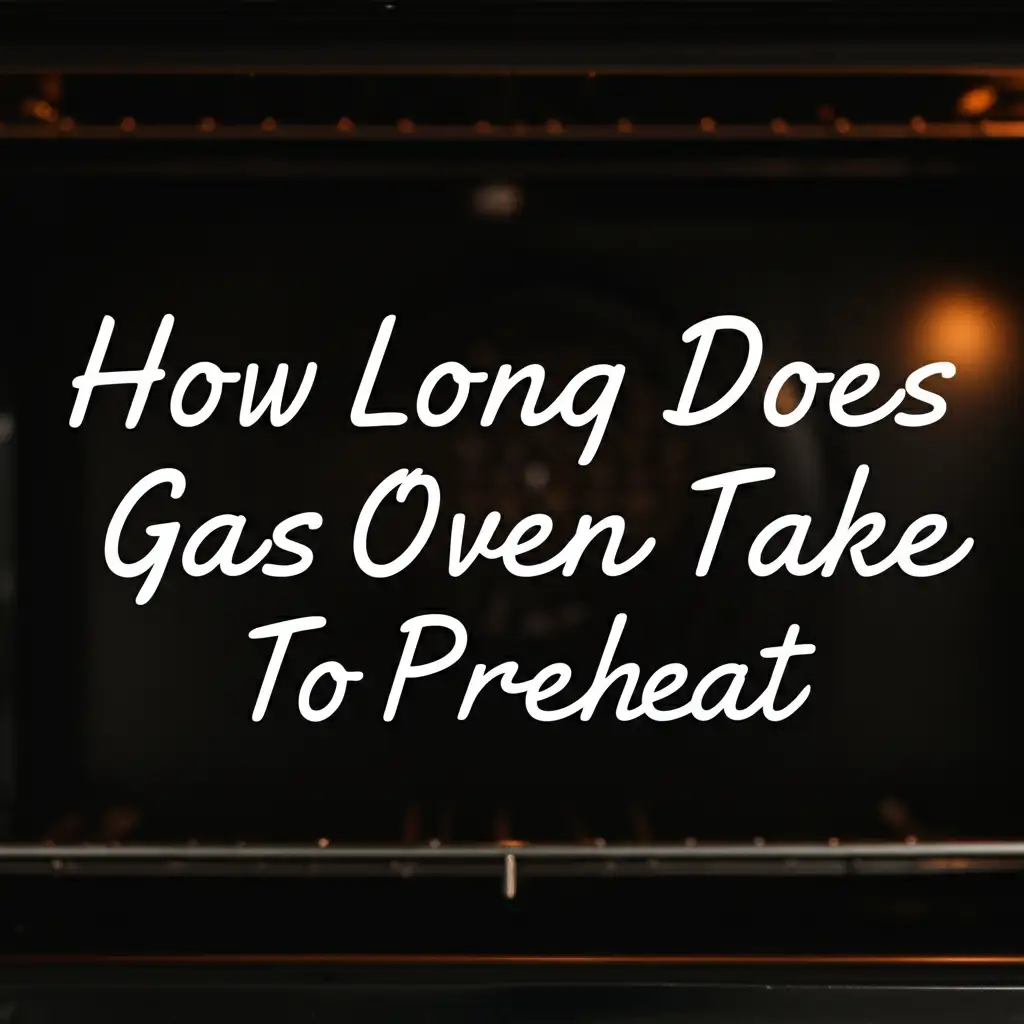
Gas Oven Preheat Time: What You Need to Know
Getting ready to bake a delicious lasagna or roast a chicken? You often wonder, “How long does gas oven take to preheat?” This is a common question for many home cooks. Understanding your oven’s preheating process is key to consistent cooking results. It helps you plan your meal preparation time effectively.
This article will help you understand the average preheating times for gas ovens. We will also look at factors that affect how long your oven takes to heat up. You will learn practical tips to optimize its performance. We will also discuss common problems and how to troubleshoot them. By the end, you will feel confident about using your gas oven efficiently.
Takeaway: Get Your Gas Oven Ready Fast
- Average Time: A gas oven typically preheats to 350°F (175°C) in 8-15 minutes.
- Factors Matter: Size, insulation, and the desired temperature all affect preheating speed.
- Optimize Performance: Keep your oven clean, use proper bakeware, and avoid opening the door too often.
- Troubleshoot Issues: Slow preheating might signal a problem with the igniter or thermostat.
- Safety First: Ensure proper ventilation and avoid preheating an empty oven for too long.
A gas oven typically takes about 8 to 15 minutes to preheat to a standard temperature like 350°F (175°C). This duration can change based on the oven’s size, its insulation quality, and the specific temperature you set. Understanding these variables helps you better prepare for your cooking needs.
Understanding Gas Oven Preheat Times: The Basics
Every kitchen appliance has its quirks, and gas ovens are no exception. Knowing the typical preheat time for your gas oven is important for any cooking project. Most gas ovens warm up quickly compared to electric models. This is due to how they generate heat.
A gas oven uses a gas burner to create a flame. This flame directly heats the air inside the oven cavity. The heat distributes through convection and radiation. This method allows for a rapid rise in temperature.
The average time for a gas oven to reach 350°F (175°C) is between 8 and 15 minutes. For higher temperatures, like 400°F (200°C) or 450°F (230°C), it might take a few minutes longer. Generally, you can expect an additional 2-3 minutes for every 50-degree Fahrenheit increase. Remember, these are averages. Your specific oven might differ slightly.
Some modern gas ovens come with a “rapid preheat” function. This feature helps the oven reach the target temperature faster. It often uses additional heating elements or a more intense initial flame. If your oven has this, you will notice a quicker preheat time. Always check your oven’s manual for precise guidelines. It will provide the most accurate information for your model.
It’s tempting to put food in as soon as the display shows the set temperature. However, many experts suggest waiting a few extra minutes. This allows the heat to stabilize throughout the oven cavity. It also ensures the oven racks are properly heated. This extra waiting time helps in achieving more even cooking results. For more specific brand preheat times, you might find details like how long does GE oven take to preheat helpful.
Key Factors Influencing Gas Oven Preheat Duration
Many elements can impact how long your gas oven takes to preheat. Understanding these factors helps you predict and manage your cooking schedule better. It also helps explain why your oven might sometimes seem slower or faster.
The desired temperature setting is a major factor. Heating an oven to 300°F (150°C) takes less time than heating it to 450°F (230°C). Higher temperatures require more energy and more time to reach. The oven needs to sustain the flame longer to build up the necessary heat.
Oven size also plays a significant role. A large capacity oven has more space to heat. It will naturally take longer to reach the target temperature than a smaller compact model. Think of it like heating a bigger room versus a smaller one; the larger space needs more time and energy.
The oven’s insulation quality is critical. Good insulation traps heat inside the oven cavity. This prevents heat from escaping. Older ovens or those with worn-out door seals might lose heat, causing longer preheat times. A well-insulated oven retains heat better, leading to faster and more efficient preheating.
The condition of the gas burner and igniter matters greatly. The igniter is responsible for lighting the gas. If it is weak or faulty, it might take longer to ignite the gas or not produce enough heat efficiently. A clean and healthy burner ensures a strong, consistent flame. This helps the oven heat up quickly and evenly. Regular maintenance can keep these components working well.
Ambient kitchen temperature can also influence preheat time. If your kitchen is very cold, the oven will need to work harder to raise its internal temperature. In a warmer kitchen, the oven starts from a higher baseline. This can shave a minute or two off the preheat time. These combined factors contribute to the overall preheating duration you experience.
Optimizing Your Gas Oven’s Preheat Performance
You want your gas oven to be ready as quickly and efficiently as possible. There are several steps you can take to optimize its preheat performance. These tips can help you save time and energy in the kitchen.
Keeping your oven clean is surprisingly important. Food spills and grease buildup inside the oven can absorb heat. This means less heat is available to raise the oven’s temperature. A clean oven reflects heat more efficiently. Regular cleaning helps your oven preheat faster and cook more evenly. I always make sure to clean my oven after any major spills. If you are unsure how, learning how to clean a gas oven can be a great first step.
Avoid opening the oven door during preheating. Every time you open the door, a significant amount of heat escapes. The oven then has to work harder to regain the lost temperature. This adds precious minutes to your preheat time. Resist the urge to peek inside until the preheat indicator signals readiness.
Consider the amount of bakeware or oven racks inside. Too many empty racks or large baking sheets can absorb heat. This slows down the overall preheat process. Only keep the racks you need for your dish inside the oven during preheating. Remove any extra items that are not required for cooking.
Ensure your oven’s vent is not blocked. Gas ovens produce combustion byproducts that need to vent out. A blocked vent can affect the oven’s ability to heat efficiently. It can also pose a safety risk. Check that nothing is obstructing the vent, usually located at the back or top of the oven.
Finally, ensure your gas supply is adequate. Low gas pressure can lead to a weaker flame. This directly impacts how quickly your oven can heat up. If you notice other gas appliances acting sluggishly, you might need to contact your gas provider. These simple steps can make a big difference in your oven’s preheating speed.
Troubleshooting Slow Gas Oven Preheat Issues
Sometimes, your gas oven might take much longer than usual to preheat. This can be frustrating, especially when you are on a tight schedule. A slow preheating oven often indicates an underlying issue. Identifying and addressing these problems can restore your oven’s efficiency.
One common culprit is a faulty igniter. The igniter’s job is to light the gas flowing into the burner. If it’s weak or failing, it might take several attempts to light. It might also produce a smaller flame, which means less heat. This makes the preheating process very slow. You might notice the igniter glowing but not quite igniting the gas fully. If your gas oven is taking too long to preheat, this is a prime area to investigate. Sometimes, people wonder why their gas oven is taking so long to preheat, and often, the igniter is the answer.
A miscalibrated or faulty thermostat can also cause issues. The thermostat measures the oven’s internal temperature. It tells the igniter when to turn on and off to maintain the set temperature. If the thermostat is inaccurate, it might think the oven is hotter than it actually is. This causes the burner to cycle off too soon, leading to slow or insufficient heating. You can test your thermostat with an independent oven thermometer. This helps you compare readings and confirm accuracy.
A dirty or partially clogged burner orifice can impede gas flow. This results in a weak flame and inefficient heating. Over time, food debris or grease can build up around the burner. This restricts the gas from flowing freely. Cleaning the burner area carefully can sometimes resolve this.
A damaged or worn oven door seal (gasket) allows heat to escape. If hot air leaks out, the oven struggles to reach and maintain the desired temperature. You can often see cracks or gaps in the seal. A simple test is to close a piece of paper in the door. If you can pull the paper out easily, the seal needs replacement. This issue is similar to why a gas oven might turn off by itself, as both can relate to temperature regulation or gas flow problems.
Finally, an issue with the gas supply itself could be the cause. Low gas pressure from your utility company affects all gas appliances. If multiple gas appliances in your home seem to be underperforming, contact your gas provider. For most specific oven issues, it is best to consult a qualified appliance technician. They can diagnose and repair the problem safely.
Gas Oven Preheat vs. Electric Oven Preheat: A Comparison
When you talk about kitchen appliances, gas and electric ovens are the two main types. Each has unique characteristics, especially when it comes to preheating. Understanding these differences can help you appreciate your gas oven’s qualities.
Gas ovens typically preheat faster than electric ovens. Gas ovens use a direct flame to generate heat. This method quickly raises the internal temperature of the oven cavity. The flame heats the air, and that hot air circulates. This direct heat transfer is efficient and speedy.
Electric ovens use heating elements, usually coils, to generate radiant heat. These elements need time to glow red hot and warm up. They heat the air more gradually. This means electric ovens generally take longer to reach the desired temperature. An electric oven might take 15-20 minutes or even longer to preheat to 350°F (175°C). Gas ovens usually hit that mark in 8-15 minutes.
Gas ovens are also known for providing a moist heat environment. The combustion of natural gas produces water vapor. This moisture helps keep foods from drying out. This is a benefit for baked goods like cakes and bread. It helps them stay tender inside.
Electric ovens, on the other hand, tend to produce a drier heat. This can be an advantage for roasting or crisping foods. It helps achieve a crispy skin on poultry or a crunchy crust on pizzas. Many bakers prefer electric ovens for consistent, even browning.
Another difference is the heat recovery time. When you open the oven door, heat escapes. Gas ovens tend to recover their set temperature faster. This is because the flame can quickly reignite and produce more heat. Electric elements need more time to heat back up. This means gas ovens are more forgiving if you need to peek inside briefly.
Choosing between gas and electric often comes down to cooking preferences and energy costs. Gas ovens are generally cheaper to operate than electric ovens in many areas. They often offer a quicker response time for temperature changes. Both oven types have their strengths, but for speed and moist heat, gas ovens often take the lead.
Safety and Efficiency During Gas Oven Preheating
Safety should always be your top priority when operating any gas appliance. Ensuring your gas oven preheats safely and efficiently protects your home and family. Following simple guidelines can make a big difference.
Always ensure proper ventilation when using a gas oven. The combustion process of natural gas produces byproducts, including carbon monoxide. While modern ovens are designed to vent safely, good airflow is still important. Turn on your kitchen range hood or open a nearby window during preheating and cooking. This helps to remove any gases and odors from your kitchen. Never use your gas oven to heat your home.
Avoid placing anything on top of or near the oven’s vents. Blocking the vents can lead to improper gas combustion. This can be dangerous and also reduce the oven’s efficiency. Ensure the area around your oven is clear of flammable materials. Keep towels, curtains, and paper products away from the oven.
Do not preheat an empty oven for excessively long periods. Once the oven reaches the set temperature, the flame cycles on and off to maintain it. Leaving it on for extended times before putting food in wastes energy. It also puts unnecessary wear on the oven components. Plan your meal preparation so that you put food in shortly after the oven signals it is preheated.
Regular maintenance checks can also boost safety and efficiency. Check the oven door seal periodically for any cracks or gaps. A tight seal keeps heat inside. This helps the oven preheat faster and saves energy. If you suspect a gas leak (smell of sulfur or rotten eggs), turn off the oven, open windows, and leave your home immediately. Contact your gas company from a safe location.
Consider turning off the oven a few minutes before your food is fully cooked. The residual heat inside the oven can finish the cooking process. This is especially useful for items that don’t need intense heat until the very end. This small habit can save energy over time. By combining good safety practices with energy-saving habits, you ensure your gas oven operates optimally. Remember that your gas oven can work even when power is out, which is a key advantage during outages, but ventilation is still critical.
When to Preheat and When It’s Not Necessary
Preheating your oven is a fundamental step for many recipes. However, there are times when it’s not strictly necessary. Knowing when to preheat and when you can skip it helps save time and energy. It also gives you more flexibility in your cooking.
Most baking recipes explicitly call for a preheated oven. This includes cakes, cookies, breads, and casseroles. Baking relies on precise temperature and immediate heat exposure. A preheated oven ensures the leavening agents activate quickly. This helps doughs and batters rise properly. It also allows for consistent browning and texture development. If you skip preheating for these items, you might end up with dense, unevenly cooked results.
For roasting meats or vegetables, preheating is usually recommended. A hot oven immediately sears the outside of the food. This locks in juices and creates a desirable crust. It also helps achieve even cooking throughout the piece of meat. While you can technically start roasting in a cold oven, the results will differ. The texture might be less appealing, and cooking times will be less predictable.
However, there are scenarios where preheating is optional or even unhelpful. Frozen convenience foods often do not require a preheated oven. Items like frozen pizzas, lasagna, or chicken nuggets are designed to cook as the oven heats up. The packaging instructions usually specify if preheating is necessary. Following these instructions ensures the best results for these specific products.
Some slow-cooking dishes, such as certain stews or pot roasts, can start in a cold oven. These dishes benefit from a gradual increase in temperature. This slow heating allows flavors to meld and meats to become tender over a longer period. The initial temperature shock from a preheated oven is not always needed here.
Think about the dish’s structure and desired outcome. Delicate pastries or soufflés absolutely need the consistent, immediate heat of a preheated oven. A hardy potato casserole or a large roast can be more forgiving. If a recipe specifies preheating, it is best to follow that instruction. If it doesn’t, consider the food type and if gradual heating might be beneficial. This understanding helps you become a more intuitive and energy-efficient cook.
Frequently Asked Questions About Gas Oven Preheat Times
Is it okay to put food in a gas oven before it’s fully preheated?
It is generally not recommended to put food in before your gas oven is fully preheated. For most baking and roasting, precise temperature is important. Putting food in too early can lead to uneven cooking, poor rising for baked goods, or a lack of crispness for roasted items. Always wait for the preheat indicator to signal readiness.
How do I know when my gas oven is fully preheated?
Most modern gas ovens have an indicator light or a digital display. This will turn off or change color when the oven reaches the set temperature. Some older models might have an audible signal. For best accuracy, consider using an inexpensive standalone oven thermometer. This helps you confirm the internal temperature before cooking.
Does the preheat time change if I use convection mode?
Yes, using the convection mode in a gas oven can often reduce preheat time. Convection fans circulate hot air more efficiently throughout the oven cavity. This helps the oven reach the target temperature faster and provides more even heating. Always refer to your oven’s manual for specific instructions on using convection preheat.
Why does my new gas oven take longer to preheat than my old one?
Several factors could cause a new gas oven to preheat slowly. It might be due to stricter energy efficiency standards or different design. Check if it has a “rapid preheat” function you need to activate. Also, verify that the gas line supplies adequate pressure. If concerns persist, contact the manufacturer’s support or a qualified technician.
Can cold weather affect my gas oven’s preheat time?
Yes, very cold ambient kitchen temperatures can slightly increase your gas oven’s preheat time. The oven must work harder to warm up from a lower starting point. This effect is usually minor for well-insulated ovens. However, in extremely cold conditions, you might notice an extra minute or two added to the preheating cycle.
Is it better to preheat with or without the oven racks inside?
It is best to preheat your gas oven with only the necessary racks inside. Empty racks absorb heat, which can slightly slow down the preheating process. However, the difference is usually negligible for just one or two racks. Avoid preheating with unnecessary baking sheets or pans inside, as these can add significant time.
Conclusion
Understanding “how long does gas oven take to preheat” is a valuable piece of kitchen knowledge. We have explored that a typical gas oven heats up in about 8 to 15 minutes. This depends on factors like desired temperature, oven size, and insulation. Mastering your oven’s preheat routine ensures consistent and delicious cooking outcomes every time.
We covered key factors influencing preheat duration, from burner health to ambient temperature. You learned valuable tips to optimize performance, such as keeping your oven clean and avoiding unnecessary door openings. We also discussed how to troubleshoot common issues like a slow preheat, often linked to the igniter or thermostat. By addressing these points, you can enhance your oven’s efficiency.
Ultimately, knowing your gas oven’s preheating habits empowers you in the kitchen. You can plan meals better and achieve professional-level results. Take these insights and apply them to your daily cooking. Enjoy the benefits of a well-understood and efficiently used gas oven.


